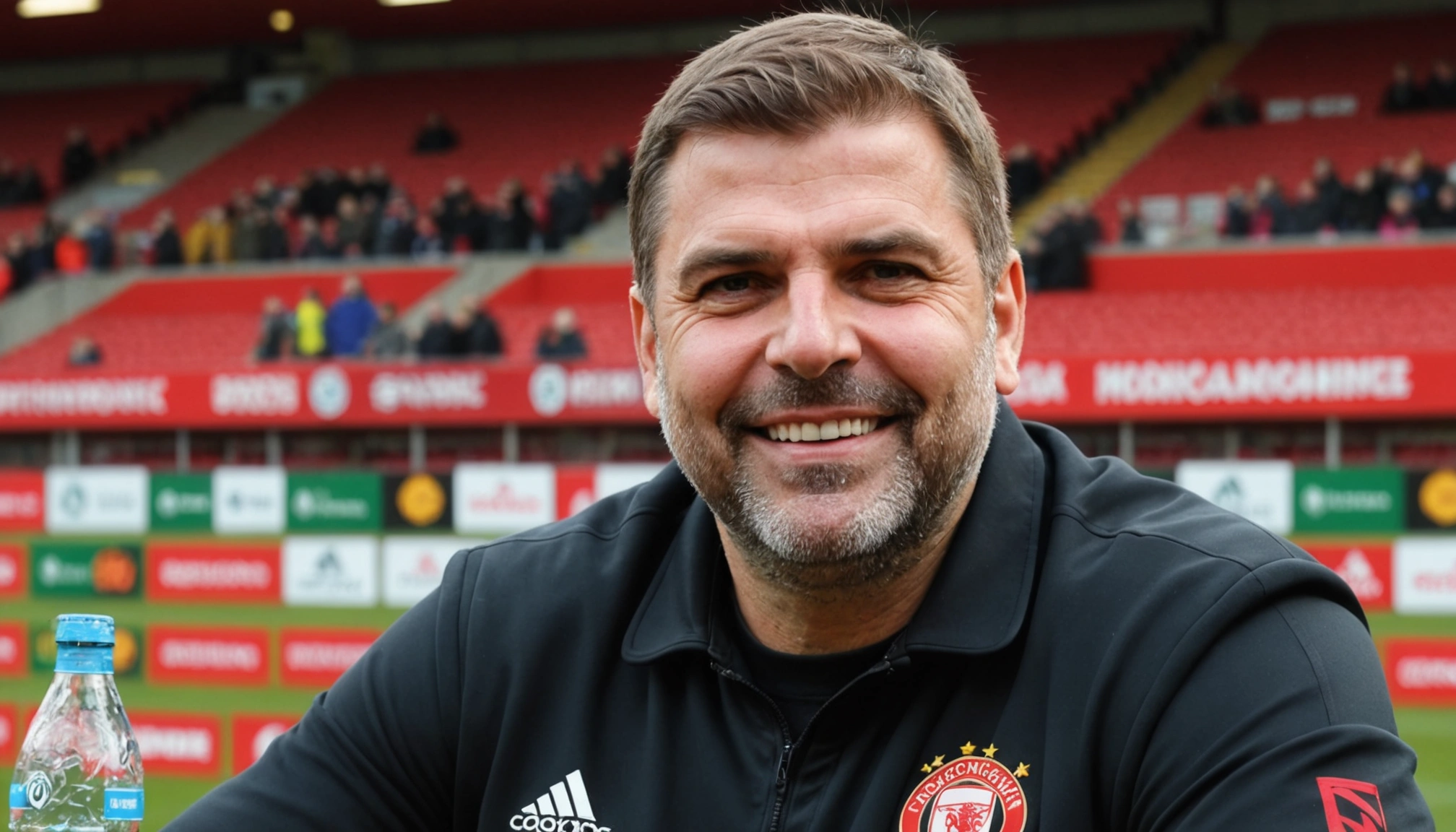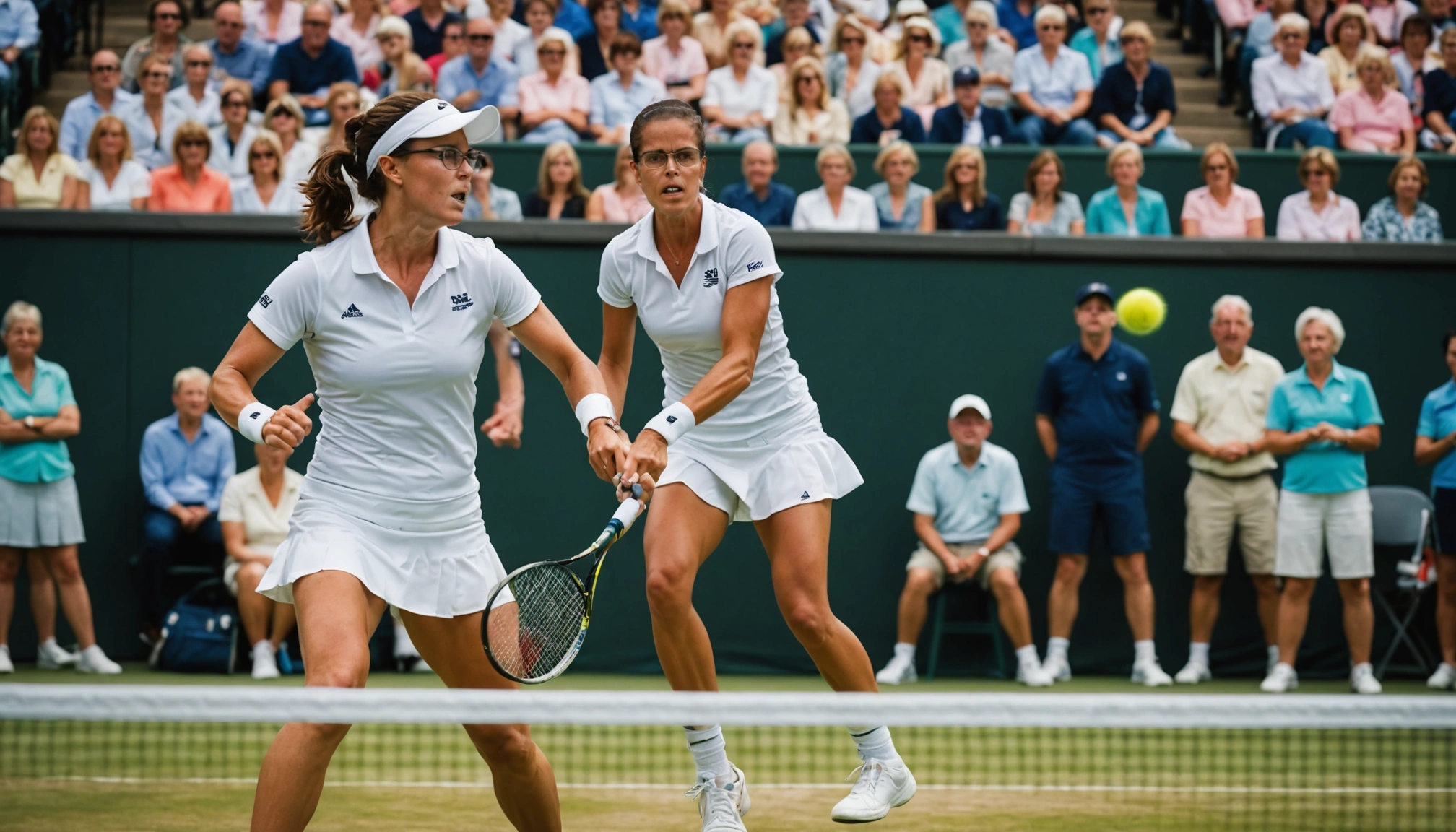Carlos Sainz Responds To Singapore GP Broadcast Controversy
Carlos Sainz clarifies his Singapore GP broadcast remarks, calling the reaction blown out of proportion amid F1 media scrutiny.

By Editorial
Carlos Sainz Responds To Singapore GP Broadcast Controversy
The recent Singapore Grand Prix sparked more than just thrilling racing action; it ignited a media storm around comments made by Ferrari’s Carlos Sainz during the broadcast. The Spanish driver has now stepped forward to clarify his statements, insisting that the reaction has been blown out of proportion. But what exactly happened, and why has it attracted so much attention?
What Happened During The Singapore GP Broadcast?
During the live coverage of the Singapore Grand Prix, Carlos Sainz made remarks that some viewers and commentators interpreted as critical of the broadcast team’s commentary or analysis. The incident quickly caught the attention of F1 fans and media outlets alike, leading to widespread discussion online and in sports news circles.
Sainz’s comments appeared to reflect frustration with how certain aspects of the race were being portrayed, though he later emphasised that his words were taken out of context. This episode highlights the sensitivity around live sports broadcasting, where split-second remarks can be magnified in the digital age.
Why Has The Reaction Been So Intense?
Formula 1 thrives on passionate fan engagement and intense media scrutiny. With the sport’s global reach, drivers’ comments can quickly become headline news. In Sainz’s case, the combination of his rising profile and the high stakes of the Singapore GP amplified the impact of his broadcast remarks.
Moreover, the debate touches on a broader issue within the sport: the relationship between drivers and media coverage. Drivers often rely on broadcasters to present their performances accurately, while broadcasters aim to provide compelling narratives for viewers. Misunderstandings or perceived criticisms can quickly escalate tensions.
Carlos Sainz’s Clarification And Its Impact
In response to the backlash, Sainz issued a statement clarifying his position, emphasising respect for the broadcasters and acknowledging the pressures of live commentary. He stated that his comments were not intended as an attack but rather a candid reflection of his perspective in the heat of the moment.
This clarification has helped to calm tensions among fans and media alike, showcasing the importance of communication and context in high-profile sports scenarios. It also underlines how athletes must navigate both on-track performance and off-track media relations carefully.
The Role Of Media In Modern Formula 1
Media coverage has evolved dramatically in Formula 1, with multiple platforms delivering content worldwide. The Singapore GP broadcast controversy serves as a reminder of the delicate balance broadcasters must maintain between analysis and respect for athletes.
For instance, platforms like Aaron Rodgers shines as NFL 2025 season kicks off with thrilling matches demonstrate how sports coverage can engage fans positively by focusing on compelling storytelling without overshadowing athletes’ perspectives.
Lessons For Drivers And Broadcasters Alike
The incident reminds us that sports commentary is a two-way street. Drivers like Sainz may feel the pressure of constant scrutiny, while broadcasters must balance critique with fairness. Both parties benefit from open dialogue and mutual understanding.
Broadcasters can look to successful models from other sports, such as the respectful fan engagement strategies discussed in How to join Sky Sports Fan Club and share your football views, where fans and commentators interact constructively to enrich the viewing experience.
Looking Ahead: The Future Of F1 Media Relations
As Formula 1 continues to grow, the interaction between drivers and media will become increasingly important. The Singapore GP episode with Carlos Sainz highlights the need for clear communication channels and empathy on both sides.
Teams and organisers might consider workshops or media training sessions to help drivers articulate their views more effectively, reducing misunderstandings. Similarly, broadcasters could adopt guidelines to ensure balanced coverage that respects drivers’ viewpoints.
Conclusion: Carlos Sainz’s Broadcast Comments In Perspective
Carlos Sainz’s experience during the Singapore Grand Prix broadcast serves as a valuable case study in the modern sports media landscape. While his comments were initially controversial, his clarification helps to put the situation in perspective.
Fans and media should remember the human element behind the headlines — drivers are competitors first but also individuals navigating complex media dynamics. Understanding this can foster a healthier F1 community, where spirited debate exists alongside respect and professionalism.
For deeper insights into how top athletes manage public scrutiny, check out our analysis of Daniel Levy departs Tottenham what now for Spurs, which explores leadership and communication challenges in high-pressure sports roles.
Related topics
Editorial
Sports expert at SportsScoop
Specialist in sports analysis and journalism
Related articles
Want to read more?
Explore our comprehensive collection of sports articles and analysis, or contact us for more information.



